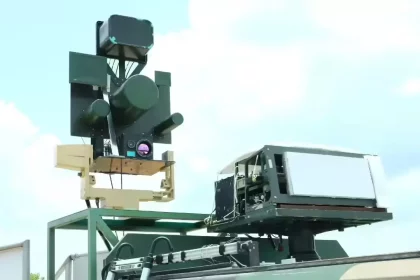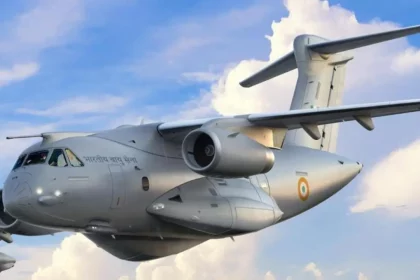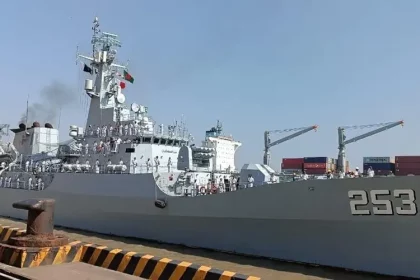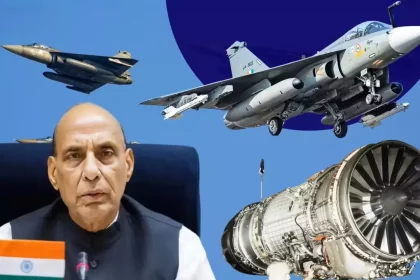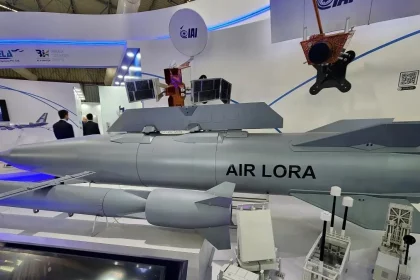FleetRF Wins Indian Army Contract for Indigenous Anti-Jamming Drone Communication System
Delhi-based start-up FleetRF achieves a Make-in-India milestone with a fully indigenous, AI-enabled, anti-jamming communication system for Indian Army drones.
India to Acquire 80 Medium Transport Aircraft to Modernise Airlift Fleet
The $8-billion MTA project aims to replace India’s ageing An-32 fleet, boost strategic mobility, and expand indigenous aerospace manufacturing through…
Bangladesh Hosts Pakistan Navy’s PNS Saif as India Conducts Exercise Trishul
The goodwill visit of Pakistan’s PNS Saif to Bangladesh amid India’s Exercise Trishul highlights the Bay of Bengal’s growing strategic…
India’s Defence Industry Goes Global After Operation Sindoor: DRDO Chief Highlights Nation’s New Strategic Momentum
After the success of Operation Sindoor, India’s defence sector, led by DRDO, is emerging as a global powerhouse — transforming…
India to Begin Domestic Production of Fighter Jet Engines Within a Year, Confirms Defence Minister Rajnath Singh
Full Technology Transfer and Indigenous Manufacturing to Drive India’s Aerospace Self-Reliance.
India Secures Full Technology Transfer for Israeli Air Lora and Ice Breaker Missiles
Historic Defence Deal Boosts Indigenous Missile Manufacturing Under ‘Atmanirbhar Bharat’.

